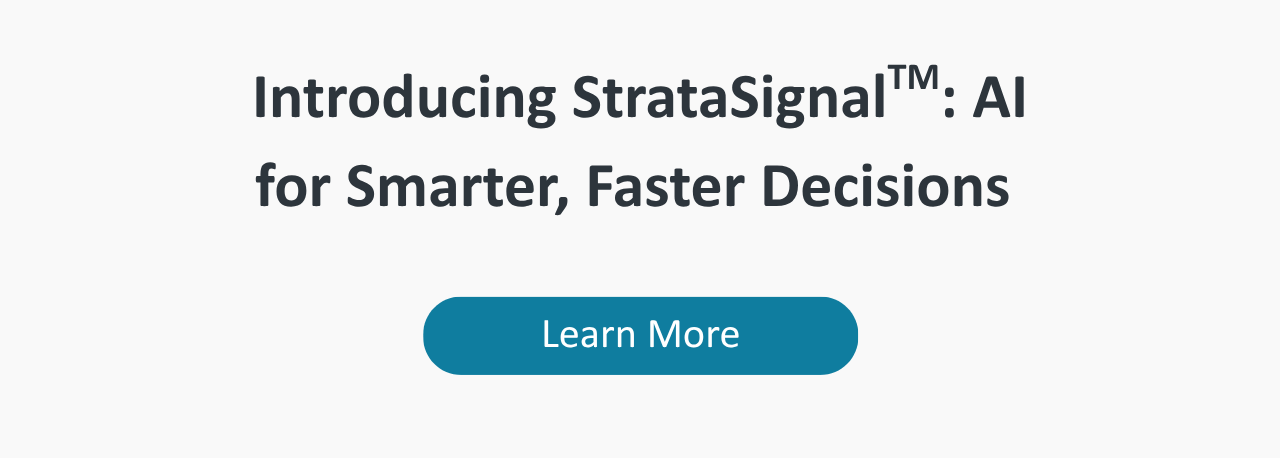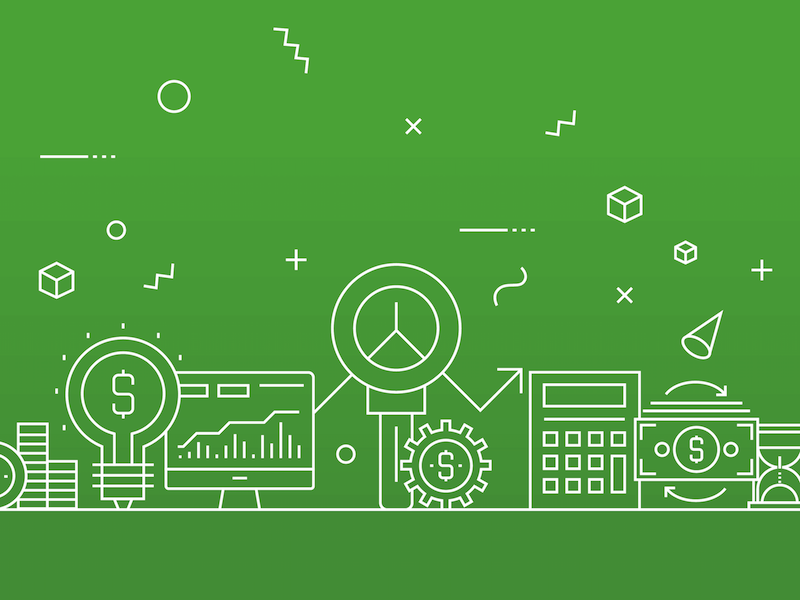Introduction to the Healthcare Cost Accounting Industry
For the past half-century, several types of key software have powered financial and clinical decisions at healthcare organizations in the U.S. Coinciding with the rise of electronic health records (EHRs) and electronic medical records (EMRs) in the 1980’s and early 1990’s, healthcare organizations began to look for ways to leverage and unify their new wealth of data for insights and information.
With the increasing electronic documentation of a patient’s visit, healthcare providers had an opportunity to leverage that data for insights. New market segments grew to provide better analysis of clinical, quality and financial data and to help providers use that information to better understand and manage the cost of care.
Why Cost Accounting and Decision Support Software Is Crucial for Health Systems
Hospitals and health systems represent roughly $1 trillion of the approximately $4 trillion spent annually on U.S. healthcare. They continue to face shrinking operating margins (on average, net operating margins have dropped below 3 percent), with close to thirty percent operating at a loss. The subpar support of many existing cost accounting and decision support solutions can have massive ramifications for hospitals and health systems.
As U.S. healthcare costs continue to rise, provider organizations need tools and processes to make their cost information more accessible to frontline clinicians and decision makers, payers during contract negotiations and patients or consumers. Providers are tasked with maintaining or improving the quality of care in addition to managing costs, through such cost reduction strategies as reducing unnecessary variation, managing utilization, and managing productivity and performance. To invest in and improve care, leaders must reduce variation, waste and inefficiency, but can’t make significant impact without access to accurate and trusted data on the cost of care. Organizations and their leaders need cost information to guide them in these efforts.
The History of Inaccessible Cost Accounting Information in Healthcare
Historically, providers have struggled to make accurate cost information accessible to their teams. In part, cost information has not been used because it hasn’t been trusted by clinical leaders. One of the biggest hurdles for organizations looking to operationalize data to drive more informed decisions has been gaining buy-in from physicians. As the cost of care continues to rise, it is crucial that providers enable their teams with accessible cost accounting and decision support via tools with accurate, accessible data.
Now that we’ve explained why cost accounting data is crucial for hospitals and health systems, we will explain how and why existing systems used by many organizations aren’t meeting their needs. Decades of M&A activity have left these products as low priority to the acquiring company, causing them to lack many of the critical requirements of a truly advanced cost accounting and decision support tool.
Six Requirements of Your Cost Accounting and Decision Support Solutions
With the adoption of EHRs in the industry, patient-level information became more accessible. It also became richer over time. Organizations were required, through policies like Meaningful Use, to increase utilization of their EHR to improve quality of care, patient safety and generally improve the health of the populations they serve. EHRs became the source of truth for clinical documentation, coding and billing data. However, new market segments emerged to provide better reporting and analysis of patient care.
Enter financial decision support systems. At the core of these systems lived cost accounting, a process designed to give healthcare providers insights into the cost of care and new views into margins of the services they provide. Over time, as adoption of decision support systems grew and industry policies became more demanding, six truths emerged for what a decision support system needed to provide:
1. A single “source of truth” on the cost of care
2. Analytics solutions to provide teams with information and insights
3. Collaboration on best practices, benchmarking and research
4. Scalable, cloud-based architecture
5. Platform solutions with different modules for different problems
6. Advisory services to leverage applications fully
Healthcare providers have met these needs by implementing advanced cost accounting solutions to provide the most accurate, comprehensive and accessible data to their teams.
Leading organizations are seeing the impact of using their analytics solutions to provide information and insights to their teams, enabling decisions that can improve clinical and financial outcomes. Whether leveraging time-based data from existing systems for more automated costing or using what-if analysis during contract negotiations to avoid potential millions of dollars lost during “gut feel” negotiations, leading hospitals and health systems are realizing huge benefits from better understanding the cost of care across the continuum.
They are also seeing the need for knowledge sharing and collaboration, and being able to use their cost accounting and decision support tools and the data and information housed within to enable best practices, benchmarking and research, across their organization and all U.S. health systems.
Three Key Areas of Planning and Performance Driven by Cost Accounting Information
Providers are seeking cloud-based applications that are easier to deploy, scale and support, as part of an integrated platform of unique modules that can solve different problems. Creating a source of truth from EHR and ERP data within an advanced cost accounting solution can also drive planning and performance workflows to enable a more high-performance organization. These advanced platforms can enable:
1. Service line growth
- Service line planning – making assumptions by payors, physicians, etc.
- Provider modeling – by linking professional and hospital settings
2. Payer Performance and Pricing
- Revenue analytics – contracts, pricing and episodes of care
- Payer negotiations and rate setting
- Strategic pricing
3. Performance Improvement
- Variation analysis (CI type language)
- Performance management – across service lines, product, physician, departmental, labor, etc.
- Internal and external comparative analytics – using benchmarks
Consider how an advanced cost accounting solution and the financial and clinical data it connects can enable more advanced planning and performance management at your organization.
Comparing Software: Cost Accounting Versus Decision Support
Now that we’ve explained the six requirements of a decision support system and the three key areas of planning and performance that can be boosted by using cost data, we should explain the difference between “cost accounting” and “decision support” software.
- Healthcare cost accounting systems are software that, of course, enable cost accounting. But what does this actually mean? These systems allocate costs down to charge codes. To understand these costs, they must be contextualized through other, more advanced decision support functions.
- Healthcare decision support systems transform cost data into more detailed, actionable insights. These solutions can analyze revenue, quality, etc., and use embedded analytics to help drive action and tangible outcomes through supporting decision-makers. Decision support systems can use analytics and visualizations to turn cost data into information, whether via time-based data for time-driven costing, data-driven contract negotiations or even patient cohort analysis to link encounters related to a patient’s care pathway.
While decision support systems may leverage cost accounting capabilities, most cost accounting systems on the market today are not capable of transforming cost accounting data into information or insights.


